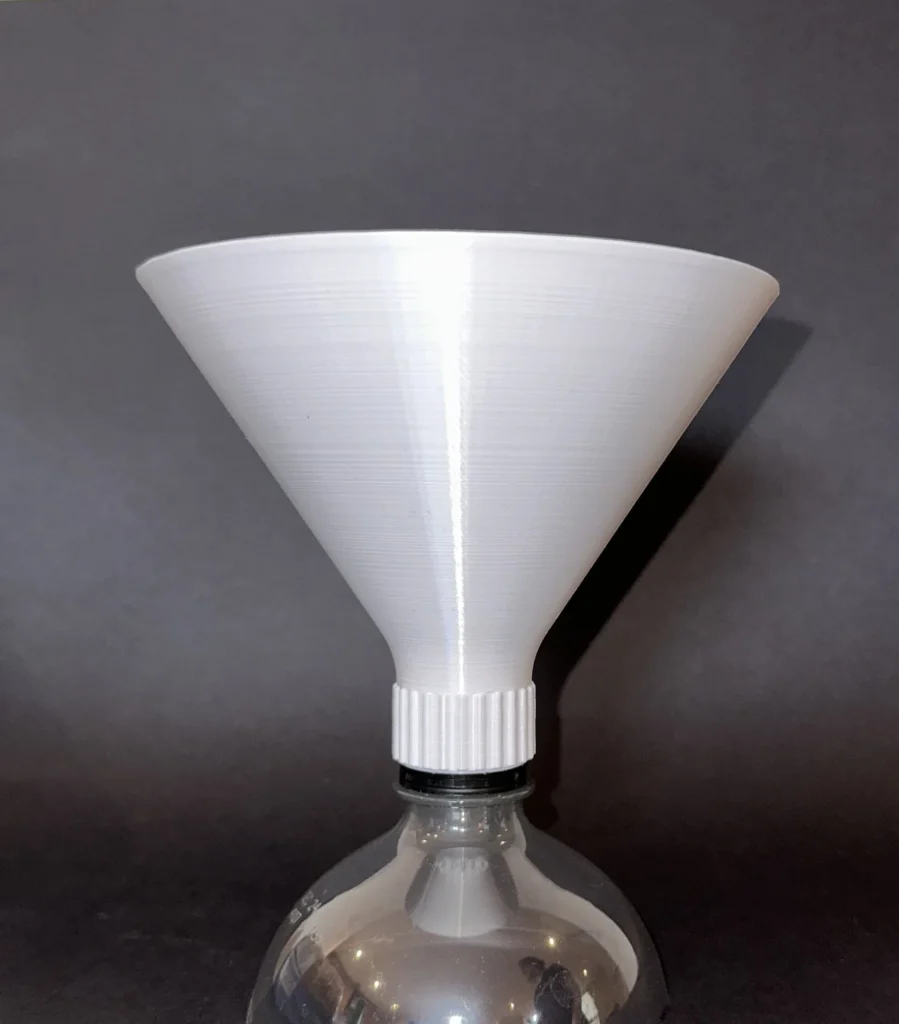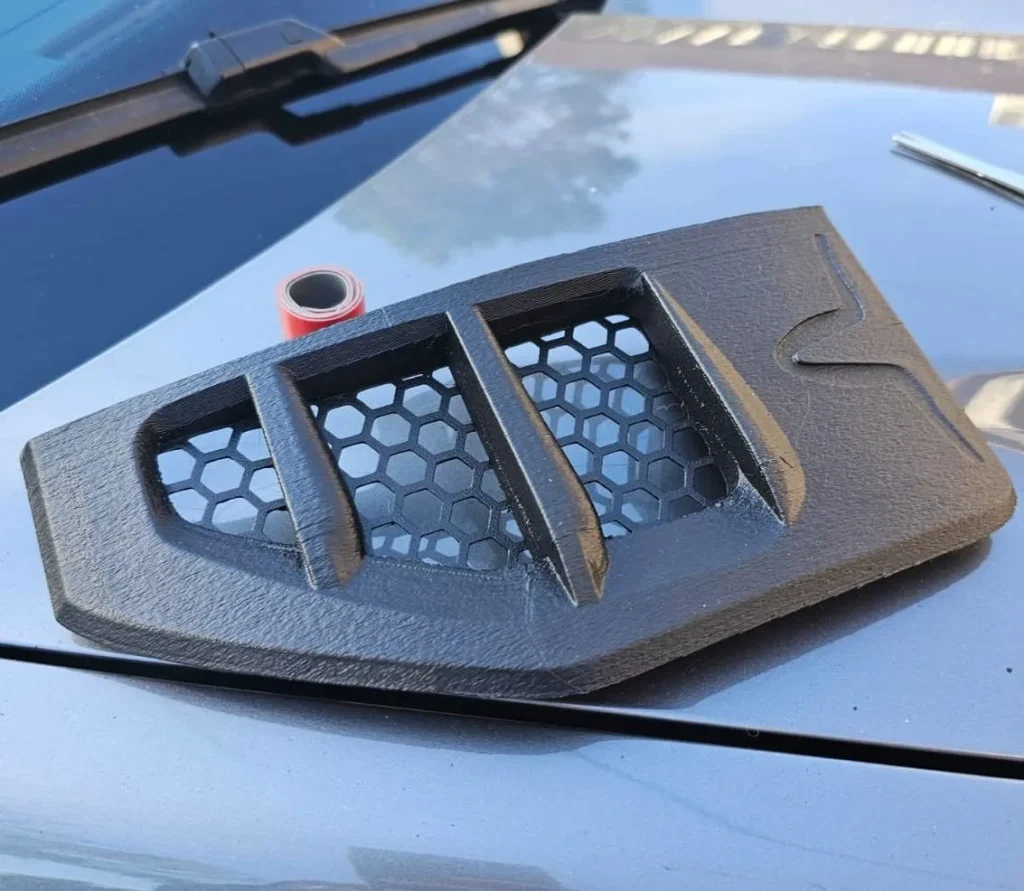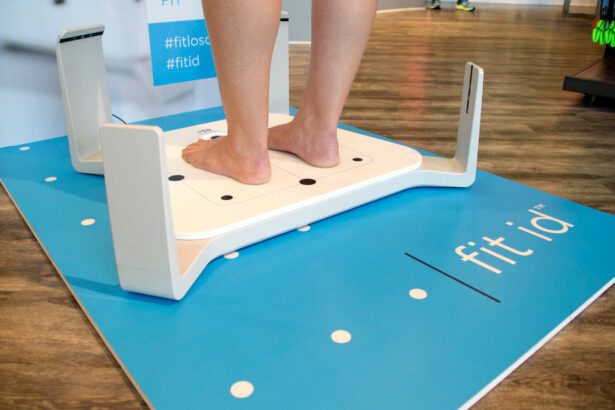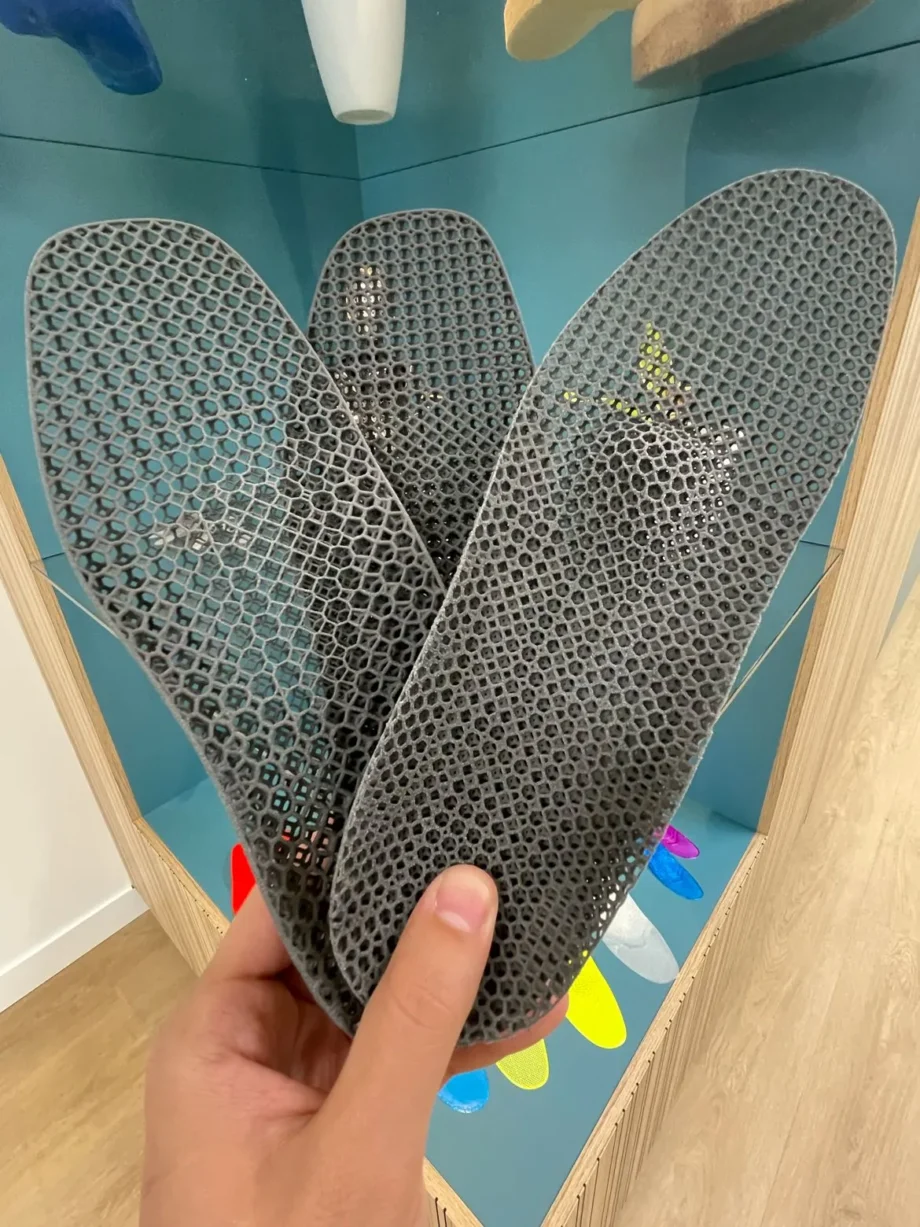If you’ve ever had a 3D print warp, crack, or dissolve after only a few uses, the cause is often the material itself. While PLA and standard ABS work well for decorative or prototype prints, they simply can’t survive real-world exposure to soaps, oils, fuels, and cleaning chemicals.
The solution lies in chemical-resistant filaments—materials that can handle harsh environments without losing their structural integrity. From 3D printed shoes that resist sweat and washing, to household goods that stand up to detergents, and industrial parts that shrug off fuel and oil, choosing the right filament can mean the difference between a print that lasts weeks and one that lasts years.
1. Why Chemical Resistance Matters in Functional 3D Prints
According to Prusa Research’s chemical resistance guide and All3DP’s materials overview, different plastics react very differently to chemical exposure:
- Sweat & skin oils can soften or stain certain polymers over time.
- Detergents & alkaline cleaners may cause brittleness or surface cracking.
- Fuels & oils can dissolve or weaken non-resistant plastics.
- Acids & bases can corrode or etch parts.
Without chemical resistance, you risk swelling, discoloration, delamination, and premature failure. This is especially critical in:
- Footwear & fashion – constant moisture and UV exposure.
- Household goods – regular cleaning and food contact.
- Industrial parts – exposure to fuels, lubricants, and extreme chemicals.
2. Footwear & Fashion: Filaments That Survive Sweat, Sun & Soap
Best materials for wearable durability:
- TPU (Thermoplastic Polyurethane) – Flexible, abrasion-resistant, and resistant to oils/fats. Polyester TPU offers better oil/solvent resistance; polyether TPU is better for water/hydrolysis resistance. Used in midsoles, sports gear, and flexible straps.
- Polypropylene (PP) – Lightweight, semi-rigid, and absorbs virtually no moisture. Used in orthopedic insoles (e.g., LutraCAD) because it resists sweat, mold, and deformation.
- ASA (Acrylonitrile Styrene Acrylate) – Rigid, UV-resistant, immune to water, oils, and many household chemicals. Ideal for buckles, frames, and rigid shoe components.
- Nylon (PA11/PA12) – Tough, flexible, and resistant to fuels/solvents. Used in textiles and footwear hinges.
Example: LutraCAD’s 3D printed PP insoles maintain flexibility and hygiene after prolonged use, while TPU midsoles handle oil, grime, and washing cycles without cracking.

3. Household Items: Filaments for Kitchens, Bathrooms & Outdoors
- PETG – Highly water-resistant and tolerant of mild household chemicals. Used in soap dishes, planters, and kitchen funnels.
- ASA – Resists oils, detergents, and mild acids/bases; won’t yellow in sunlight. Great for bathroom organizers and outdoor kitchen accessories.
- Polypropylene (PP) – Food-safe, dishwasher-safe, and inert to acids/bases. Ideal for reusable containers and utensils.
- Polycarbonate (PC) – Strong, heat-resistant, and good against many chemicals. Used in coffee mugs, blender parts.
- Nylon (PA12) – Durable for utensils and low-absorption kitchen tools.
Avoid: PLA (hydrolyzes in water and deforms with heat), standard ABS (damaged by acetone/alcohol).

4. Industry & Automotive: Filaments for Harsh Environments
- ASA – Developed for automotive use, resists gasoline, oils, and coolants. Suitable for oil funnels, fluid caps, and trim.
- Nylon (PA12) – Used in fuel lines; resists hydrocarbons, solvents, and lubricants.
- TPU – Flexible gaskets and seals that survive oil-rich environments.
- PEEK – Exceptional resistance to acids, solvents, and high temperatures.
- PVDF – Outstanding resistance to strong acids, halogens, and solvents.
Example: A 3D-printed ASA oil funnel withstands hot motor oil without warping, while TPU seals maintain elasticity even after months of grease exposure.
5. Quick Comparison Table
| Material | Flexibility | Chemical Resistance | Heat Resistance | Best For |
|---|---|---|---|---|
| TPU | Flexible | Oils, fuels | Medium | Shoe soles, gaskets |
| PP | Semi-rigid | Acids, bases, oils | Medium-High | Insoles, containers |
| ASA | Rigid | Water, oils, fuels | High | Buckles, automotive |
| Nylon | Semi-rigid | Fuels, solvents | High | Wearables, jigs |
| PETG | Rigid | Water, mild chems | Medium | Kitchen/bath items |
| PEEK | Rigid | Extreme chems | Very High | Industrial |
| PVDF | Rigid | Acids, solvents | High | Chemical handling |
6. How to Choose the Right Filament
Match to environment:
- Wet/soapy: PETG, PP.
- Oily/outdoor: ASA, nylon, TPU.
- Extreme chemicals: PEEK, PVDF.
Consider printer requirements:
- PP/nylon → adhesion aids.
- ASA → enclosed chamber.
- PEEK/PVDF → industrial-grade printer.
Always confirm with a chemical compatibility chart before printing mission-critical parts.
Conclusion
For shoes, opt for TPU or PP; for household goods, PETG, ASA, or PP; for industrial parts, ASA, nylon, and TPU are reliable, with PEEK and PVDF for extreme conditions. By matching filament to environment, your prints will last longer, perform better, and resist the chemicals that would destroy lesser materials.
Sources
- Prusament – Chemical Resistance of Filaments
Prusament PC Blend maintains tensile and impact strength even after exposure to select chemicals.
https://prusament.com/chemical-resistance-of-3d-printing-materials/ - All3DP – Filaments That Resist Soaps, Oils, Fuels
Overview of chemically resistant filaments and their real-world applications.
Original Prusa 3D Printers // Prusa Knowledge Base - ATP Chemicals – TPU Oil and Chemical Resistance
TPU exhibits excellent resistance to oils, solvents, fuels, and environmental wear.
https://www.atpchem.com/tpu-plastic-properties-a-universal-material.html - LutraCAD – TPU Lattice Insoles (Ultrasint® TPU01)
Demonstrates MJF-printed TPU03 lattice insoles with chemical-resistant and biomechanical benefits.
https://www.lutracad.com/articles/3d-printed-lattice-insoles-with-mjf-tpu - ASA Filament (ASA Properties & Applications)
ASA offers durable UV and chemical resistance, often used for outdoor and automotive parts.
https://azurefilm.com/2023/07/10/asa-filaments-everything-you-need-to-know/ - Marlin Wire – Polypropylene Chemical Resistance
PP resists acids, bases, and water absorption (<0.01% in 24-hour soak).
https://www.marlinwire.com/blog/7-need-to-know-polypropylene-material-properties - Prusament PA11 Carbon Fiber – Chemical & Heat Resistance
PA11 CF is highlighted for excellent chemical and heat resistance, suitable for industrial use.
https://blog.prusa3d.com/introducing-prusament-pa11-nylon-carbon-fiber-black-filament-with-excellent-chemical-and-heat-resistance_69135/




